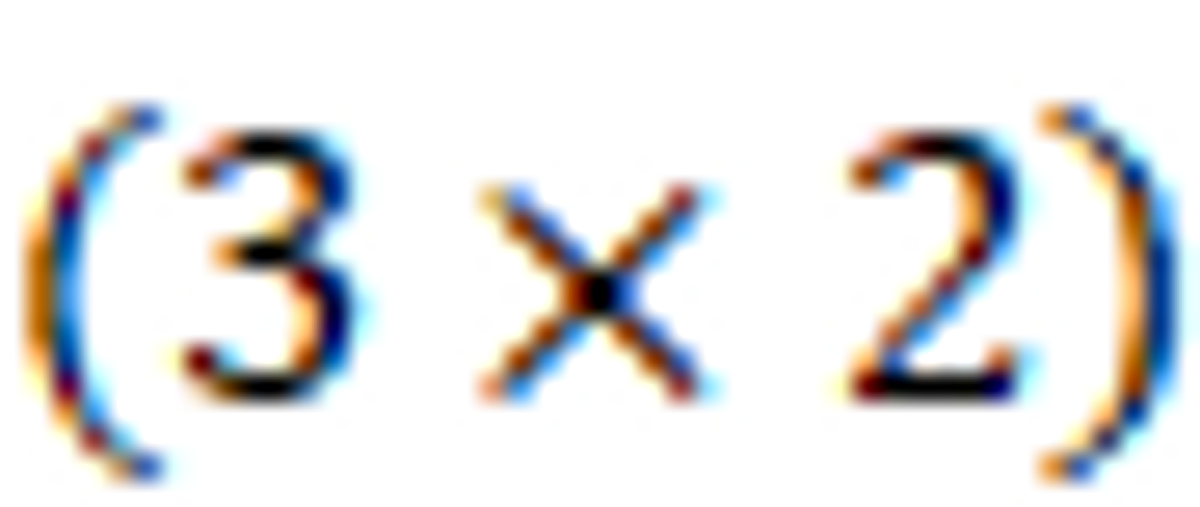Maths

Welcome to Maths 2024
Just a few reminders for the start of the new year:
You child’s teacher can be contacted directly through Compass at any stage if you would like support or have questions regarding your child’s progress in maths throughout the year.
Please support your child’s learning by reminding them to bring all essential equipment to each maths class. This includes their exercise book, textbook (can be the digital version), laptop and their calculators.
What's Happening in Maths
Year 7
This term the students have been working on their whole number skills, including the basic operations of addition, subtraction, multiplication and division. The next topic for year is fractions and classes have begun working on identifying equivalent fractions and evaluating fractions using the four basic operations.
Year 8
This term the students have be working on their number skills, including the use of BODMAS to solve problems involving whole numbers, decimals and fractions and solving problems using the positive Index Laws. The next topic for the year is Statistics with a focus on identifying reliable sources of data and examining the effect of bias in data sets.
Year 9
This term the students have been working on Measurement including the calculating of surface area and volume of 3D shapes as well as the introduction of Pythagoras Theorem. The next topic of the year is Algebra and classes have already started working on solving problems involving the Index Laws and using scientific notation to write very small and very large numbers.
Year 10 Foundation
This term the students have been working on their skills to solve problems involving decimals and fractions. The next unit of work is statistics where the students will be working on their understanding of data displays and summary statistics.
Year 10 General
This term the students have been working on their measurement skills, solving problems involving surface area and volume in 3D shapes as well as composite shapes. The next topic is Algebra, where the students will continue to develop their understanding of expanding and factorising.
Year 10 Methods
This term the students have been working on their algebra skills, including using the basic operations to solve equations, solving simultaneous equations and inequations and transposing equations. The students have also spent time extending their knowledge of surface area and volume in different 3D and composite solid shapes. The next unit of work is coordinate geometry where students will graph and solve equation problems.
Supporting Maths at Home
All students in Years 7, 8, 9 and Year 10 Foundation have access to Mathspace which is an online Mathematics program. This program will often be part of your child’s maths homework but is not restricted to this. There are inbuilt tutorials that can help explain concepts to your child so that they may go back to practice a skill or extend their learning with something new.
The following weblink has tips for parents supporting their children with Maths at home and can be a great starting point for parent involvement in the learning at home.
We look forward to a positive and successful 2024 working together with you and your child in the Mathematics department.
If you have any questions please do not hesitate to email me, DAN@prsc.vic.edu.au
Ms. Dannock
Mathematics Leader
Fun Facts about 2,024
- 2,024 is an even composite number
- 2,024 can be divided evenly by the numbers: 1, 2, 4, 8, 11, 22, 23, 44, 46, 88, 92, 184, 253, 506, 1012, 2024. These numbers are known as the factors of 2,024
- The sum of the digits in 2,024 is 8
- 2,024 squared (2,0242) is 4,096,576
- In scientific notation 2,024 is represented as 2.024 x 103
Key terms
Composite number: appositive whole number that is exactly divisible by at least one whole number other than itself and 1. For example the number 8 can be divided by 1, 2, 4 and 8.
Factors: a whole number that divides exactly into a given whole number. For example, the factors of 20 are 1, 2, 4, 5, 10, 20
Prime number: a whole number greater than 1 that has exactly two factors, itself and 1. For example the number 7 is divisible by only 1 and 7.
Scientific Notation: a value written in the form of 1 up to, but not including 10 (with any number of decimal places, multiplied by a power of 10.
Squared: to raise to the power of 2. When a number is squared it is multiplied by itself. For example
a common mistake is 6
Sum: a total amount resulting from the addition of two or more numbers, amounts or items.
Thanks to the following website for the fun facts about the number 2024: https://numbermatics.com/n/2024/


